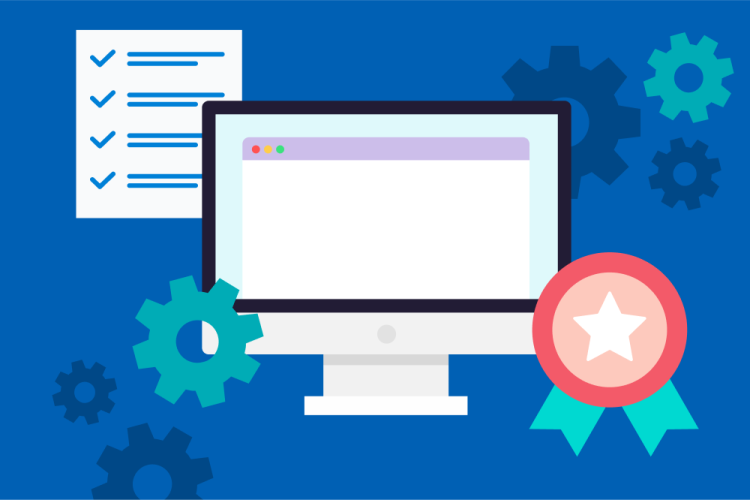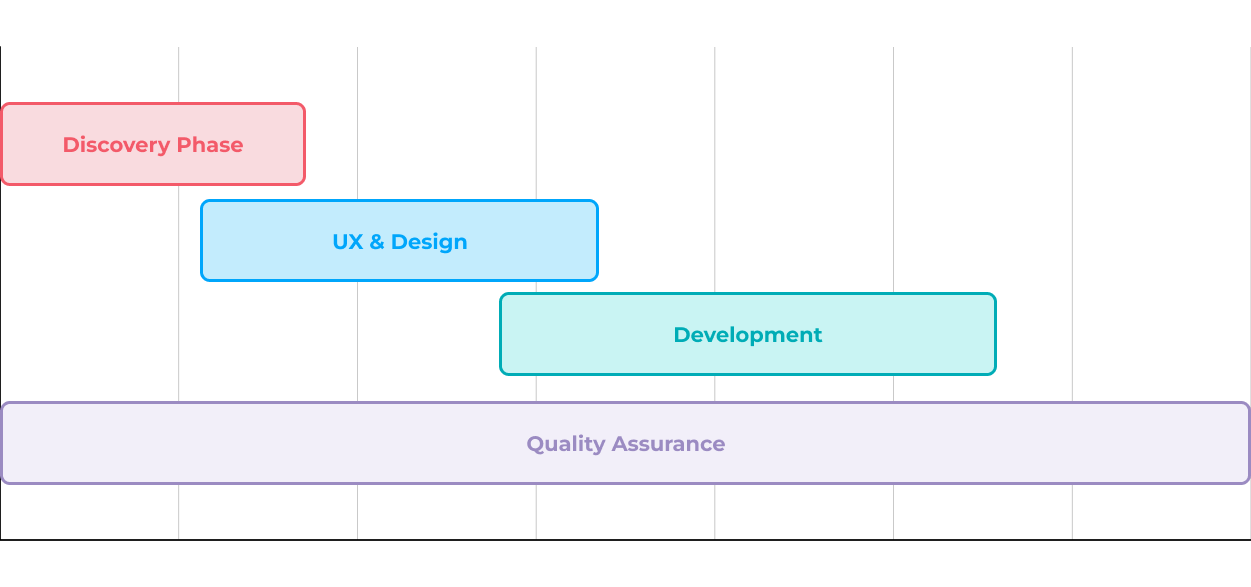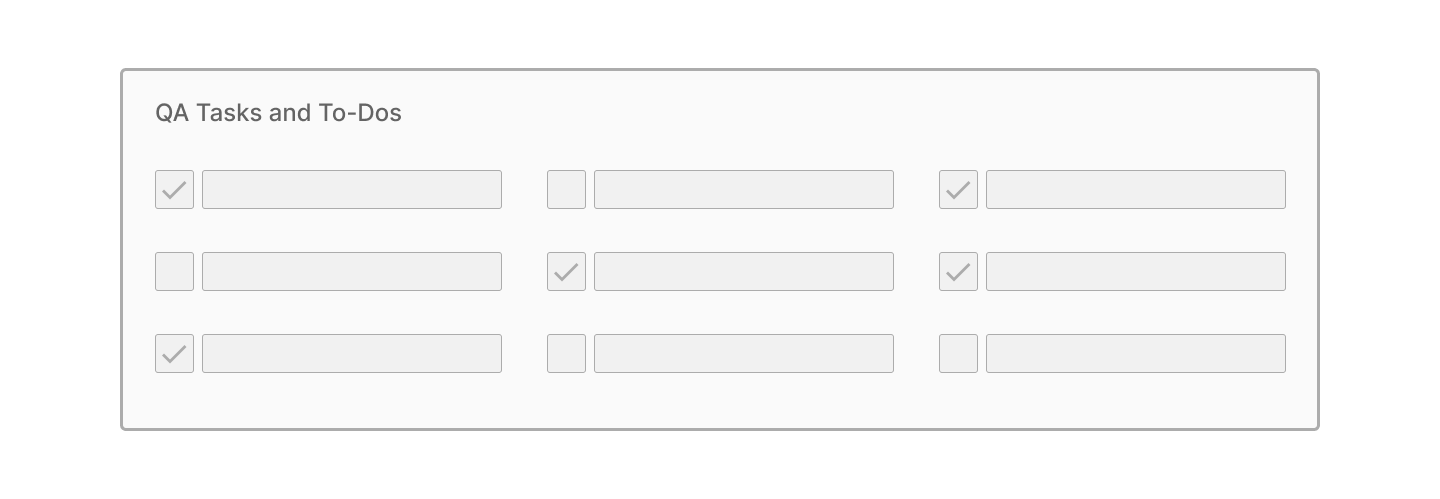Developing custom software applications can be daunting for clients. It's a significant investment of time, resources, and finances. At Savas Labs, we understand it can be an intimidating process. To make things less intimidating, we actively collaborate with our clients and educate them every step of the way.
When making the investment in custom software, we want to ensure that it is built to the highest quality standards. High coding standards are part of our DNA here at Savas. As such, the quality assurance process is one we value and take seriously. Through the course of this post, we’ll discuss what quality assurance is, our quality assurance process at Savas, and why it’s so important.
Defining Quality Assurance
Quality assurance is the process of ensuring that standards are met and mistakes are mitigated throughout the development process so that the final product serves its intended purpose. The fundamental principle of quality assurance is that it permeates every aspect of the custom development process. It focuses on preventing mistakes and defining requirements by which the product is measured throughout the process.
The term quality control is often used interchangeably with quality assurance. While they share many similarities, the key distinction is that quality control is focused on identifying defects, while quality assurance is focused on preventing defects. Successful quality assurance runs in parallel to the custom development process so that quality standards and requirements remain at the forefront every step of the way.




